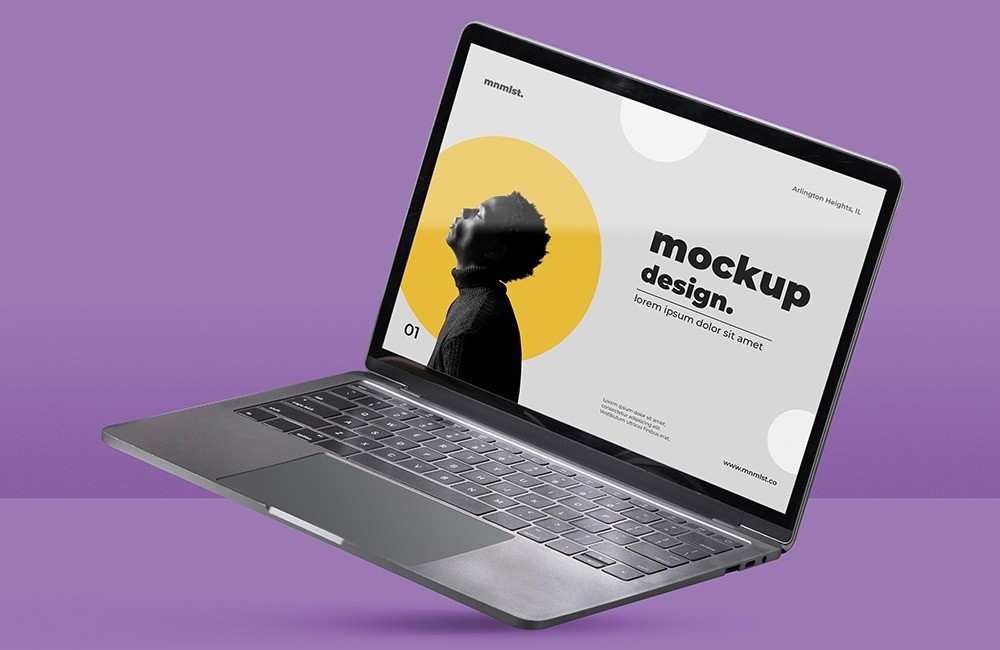Our versatile team is built of designers, developers and
digital marketers who all bring unique
experience.

Responsive Web Design: Why It Matters More Than Ever
In today’s multi-device digital world, your website isn’t just being viewed on a laptop screen. It’s being accessed from smartphones, tablets, smart TVs, and even watches. That’s why Responsive Web Design (RWD) is no longer optional — it’s absolutely essential.
In 2025, user expectations are higher than ever, and businesses that don’t prioritize responsive design risk losing customers, credibility, and conversions.
In this blog, we’ll explore what responsive web design is, why it matters, and how you can make your site truly mobile-first.
Responsive Web Design means your website adapts to the screen size, resolution, and orientation of any device — providing a seamless and optimized experience whether it's viewed on a phone, tablet, laptop, or desktop.
This is achieved through:
Flexible grids and layouts
Scalable images
Media queries in CSS
Mobile-first design principles
Over 65% of global web traffic now comes from mobile devices — and the number is growing. If your site isn’t mobile-friendly, you’re losing a huge chunk of your audience.
📉 Impact:
Higher bounce rates
Lower engagement
Lost sales or conversions
Since Google switched to mobile-first indexing, it now evaluates your mobile version first for ranking in search results.
📈 Impact:
Poor mobile experience = lower SEO ranking
Responsive websites perform better in organic search
No one likes pinching, zooming, or horizontal scrolling on a mobile site.
✅ Responsive sites offer:
Faster loading
Easy navigation
Better readability
Consistent design across devices
Great UX = higher engagement + better conversion rates.
Instead of maintaining separate mobile and desktop versions of your site, responsive design allows you to manage one single website.
💰 Benefits:
Lower development costs
Less time spent on updates
Easier content management
A broken or awkward mobile site damages your brand’s professionalism.
🧠 First impressions matter — especially online.
A smooth, responsive experience builds trust and loyalty.
If you’re building or redesigning your site, follow these best practices:
Use a mobile-first approach
Design for smaller screens first, then scale up.
Implement media queries
Use CSS to adapt layout, font size, spacing, etc., based on screen size.
Use flexible images and containers
Let images resize dynamically without breaking layouts.
Test on real devices
Don’t just rely on browser emulators — test on actual smartphones, tablets, and desktops.
Use frameworks like Tailwind CSS or Bootstrap
These include built-in responsive utilities that speed up development.